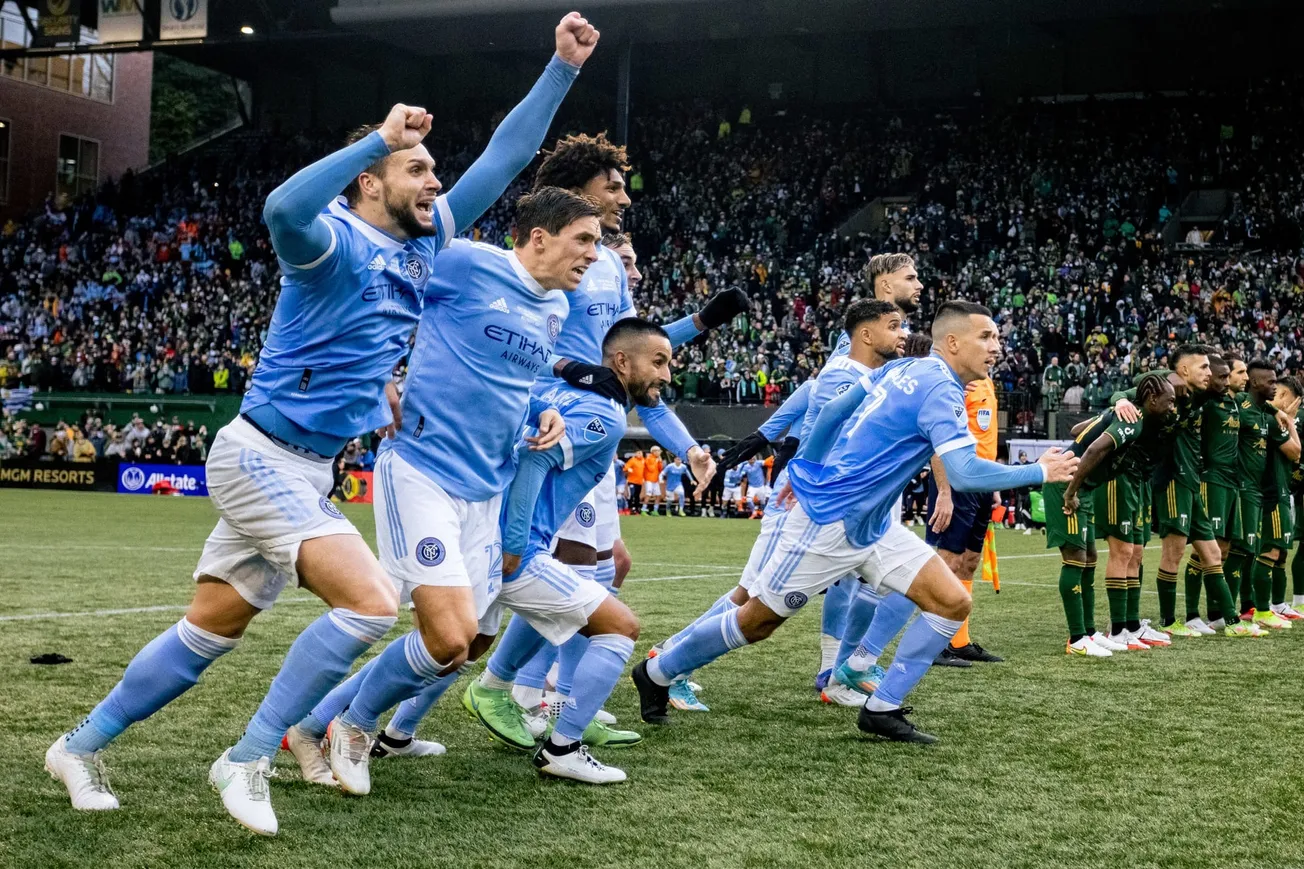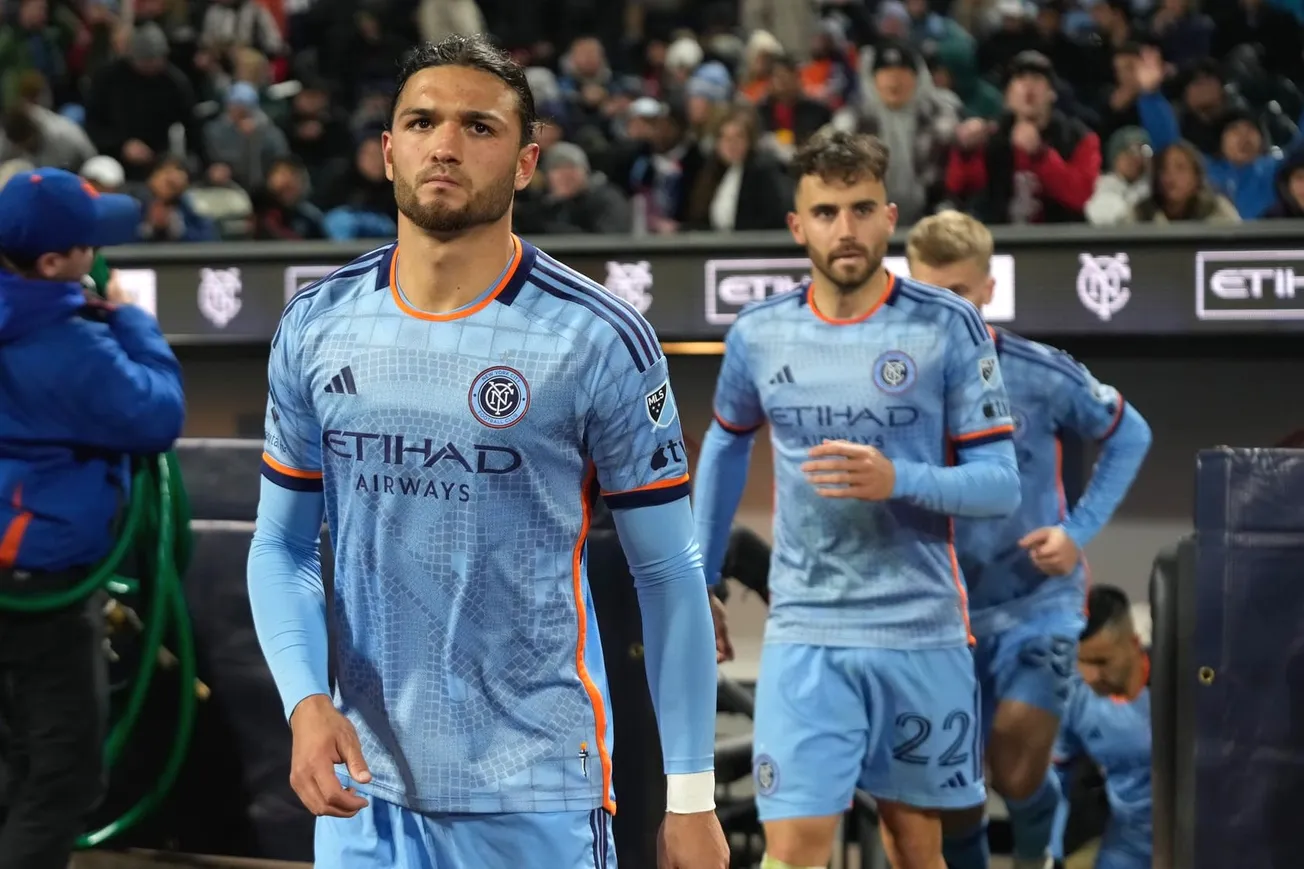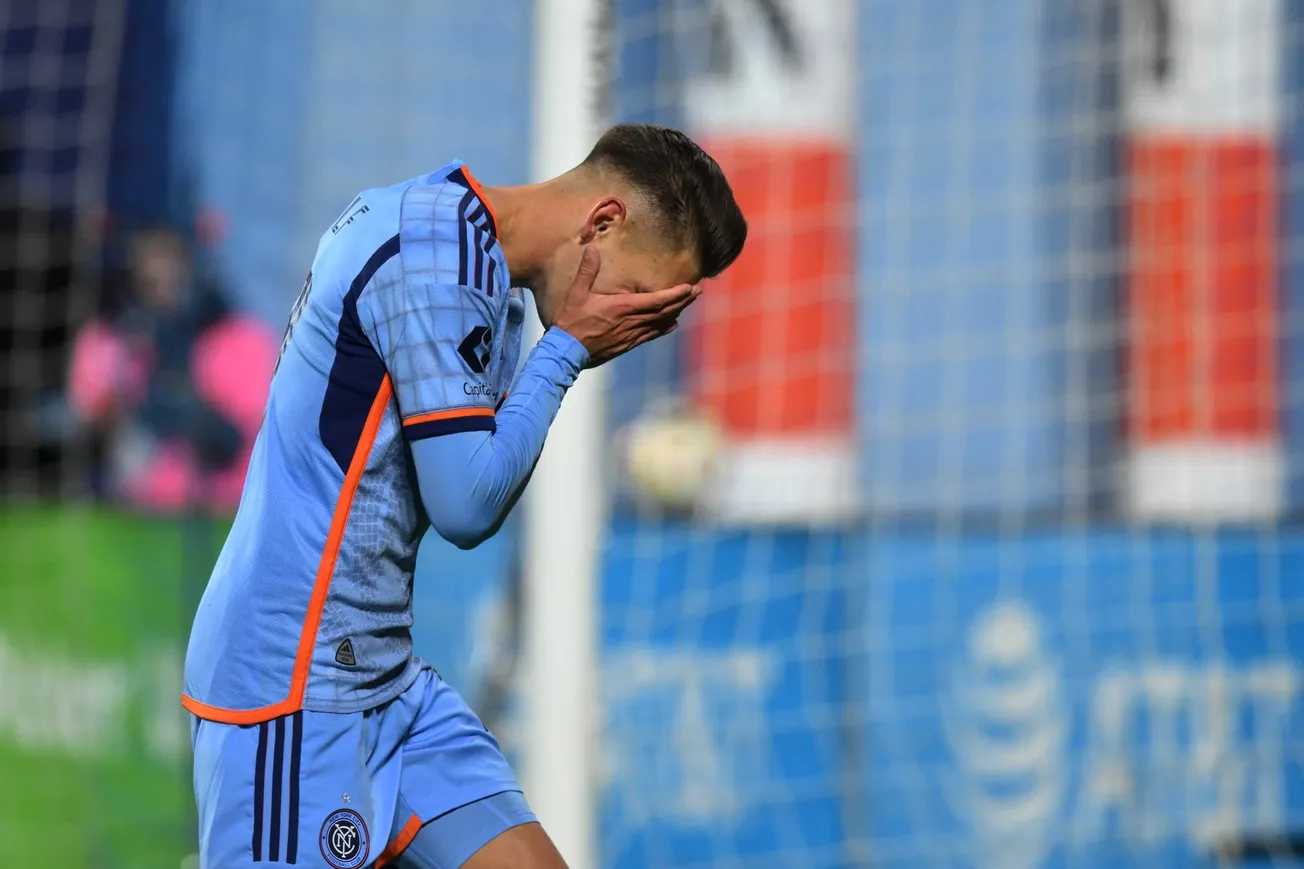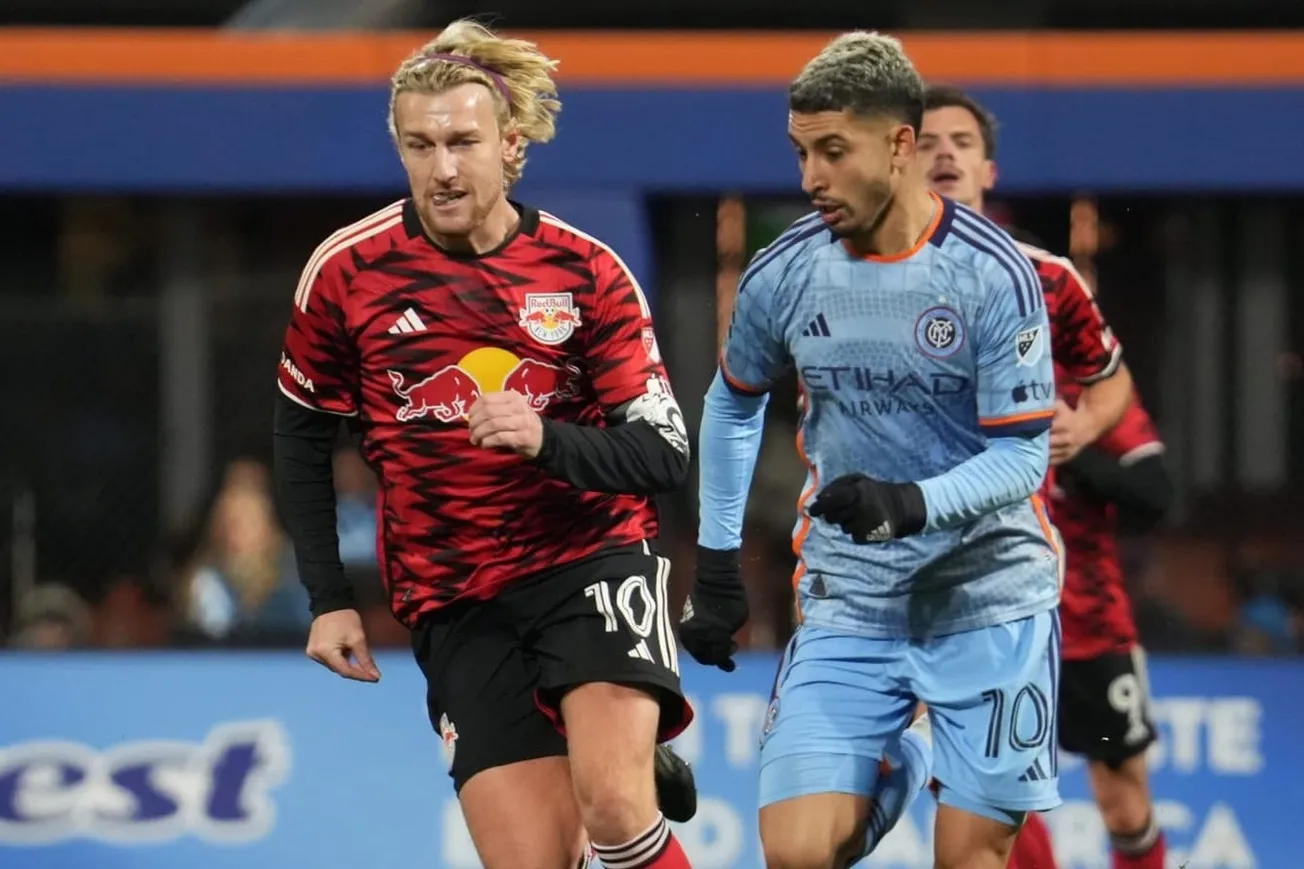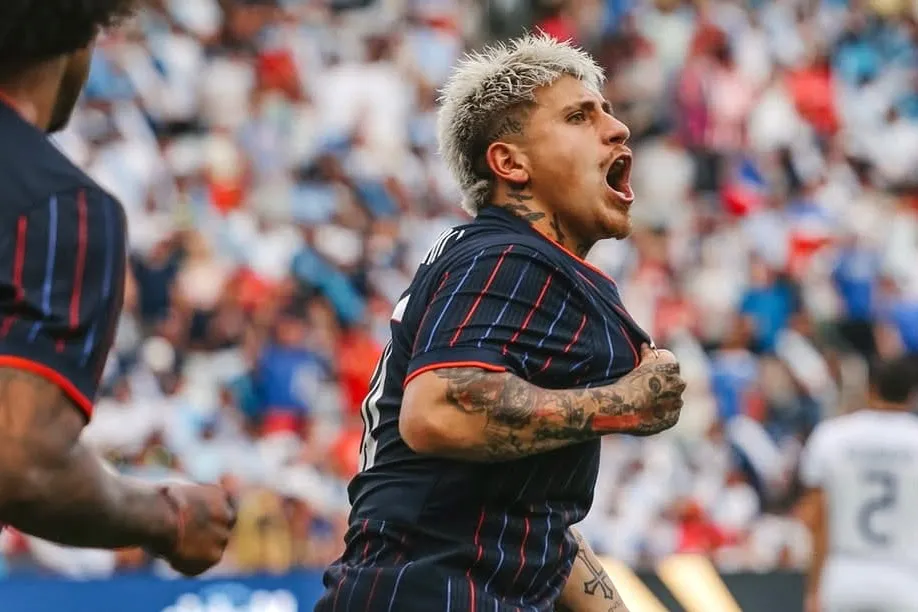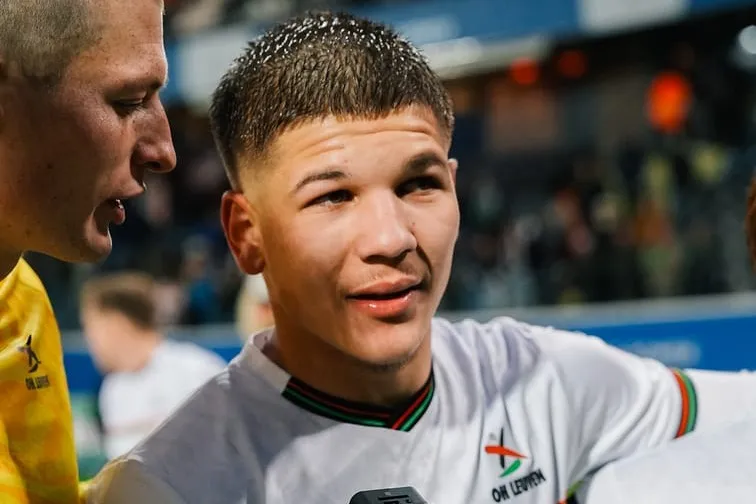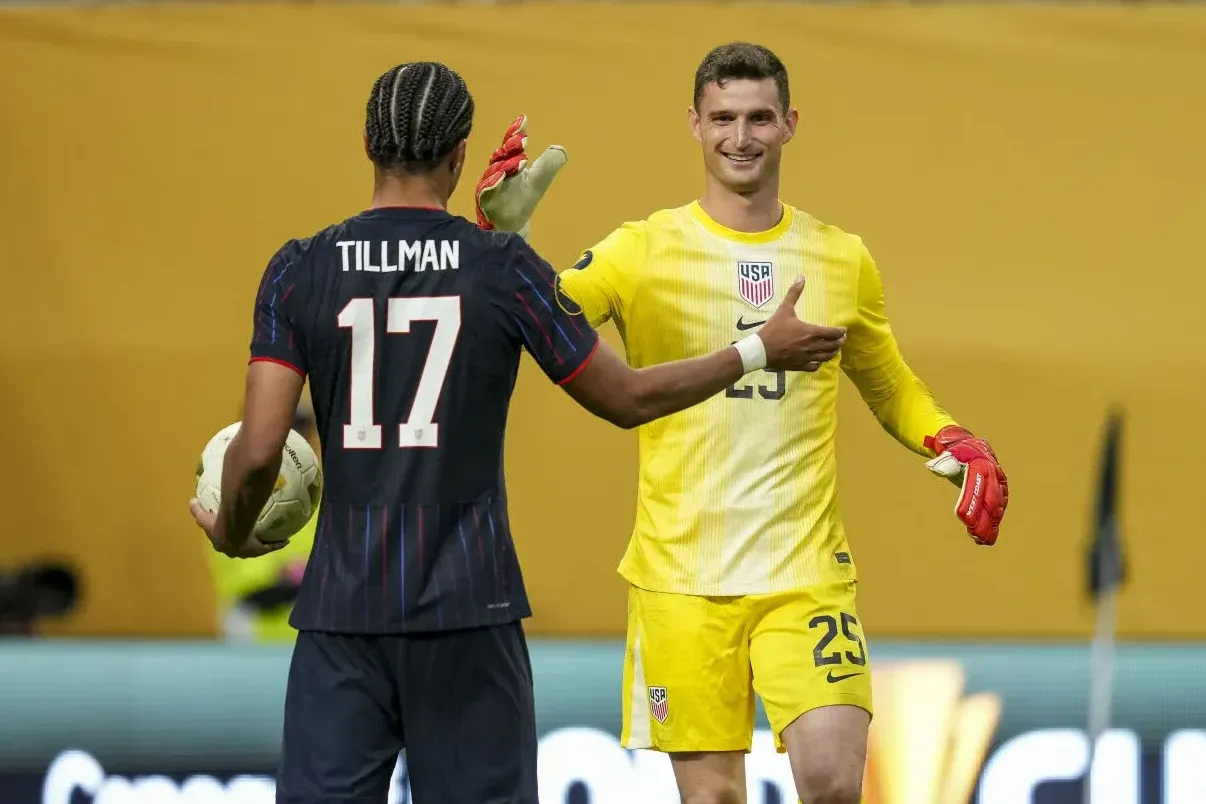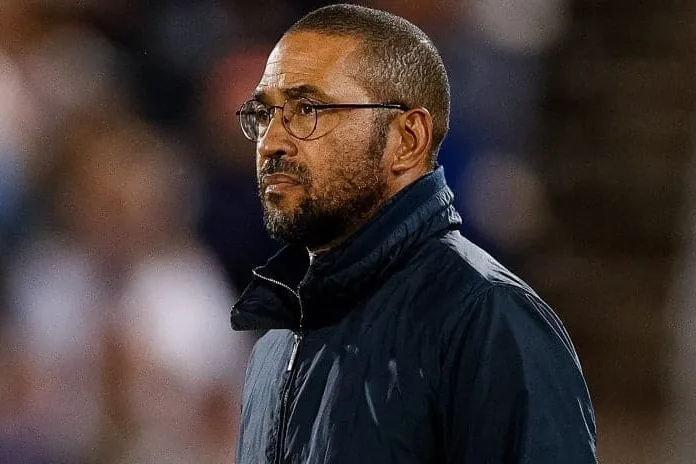If you’re a New York City FC fan, you’re enjoying this day. I get it. It’s the moment you waited for: That first, hard-won trophy. A balm for years of frustration, of coming close but no closer. A prize made all the sweeter for being, frankly, unexpected. Made more glorious by winning it before your arch-rivals across the Hudson.
Let us focus, instead, on what happened this season. Which is this: NYCFC is the textbook example of what a championship-caliber MLS 3.0 team looks like.
They won Saturday, and while that matters what is more important is that this is the beginning, not the end.
MLS 1.0
Before we go further, let’s define what we mean by MLS 1.0, MLS 2.0, MLS 3.0, and all that.
Major League Soccer kicked off in spring of 1996. In keeping with the times, teams had names like Clash, Wiz, and Burn; even for the Nineties, shirts were garish. Also garish: how MLS tweaked the rules for American sensibilities. You had shootouts from the 35-yard line in order to avoid draws. You had countdown clocks that paused in dead-ball situations. A 10-minute golden goal overtime replaced the shootout, but that rule variation went away when sudden-death goals were abolished in 2003.
While stars did join MLS from the start (see: Carlos Valderrama, Roberto Donadoni, and Youri Djorkaeff), marquee players were far more likely to be “famous” rather than famous, and on the downside of a career. Lothar Matthaeus sunning himself on the Riviera instead of rehabbing comes to mind. Giovanni Savarese was virtually unknown before breaking out with the New York/New Jersey MetroStars.
Eye-watering sums of money were lost. While Chicago joined in 1998, both Tampa Bay and Miami folded in 2001. Soon, the whole league looked like it might follow t—and, for the briefest of moments, it did fold. Phil Anschutz and Lamar Hunt stepped up to keep that from happening, cost controls were tightened even further, and MLS survived.
That first wave of international players moved on. Clubs instead focused on young American players like DaMarcus Beasley and Landon Donovan, and featured players like Brian McBride and Clint Mathis.
MLS 1.0 was the league from 1996 to 2007.
MLS 2.0
We can argue about when MLS 2.0 first surfaced. Some might say it was when Chivas USA and Real Salt Lake started playing in 2005. Others point to Toronto FC joining in 2007 with sold-out crowds and waiting lists for tickets.
Or you could point to January 11, 2007. That’s when David Beckham joined the LA Galaxy.
Arguably the most famous player in the world when he came to Los Angeles, Beckham’s presence was an electric shock of legitimacy for a league that barely existed at the grainy peripheral edges of America’s sporting vision. The comparisons to Pelé joining the New York Cosmos were inevitable; the difference was that unlike then, Beckham’s arrival didn’t kick off a ruinous spending spree among other MLS teams. Cost controls were still in place: In order to accommodate Beckham’s signing, the league created the Designated Player category. This allowed teams to sign marquee players in order to bolster their rosters and draw casual fans in, but clubs still had to be frugal with the rest of the squad.
This didn’t always work out. For every David Beckham, Thierry Henry, and Robbie Keane, we saw teams like Chicago, Dallas, and Toronto bring over non-factors such as Nery Castillo, Denilson, and Mista. Hell, you could literally talk about how the Red Bulls signed three of the worst DPs in league history: Frank Rost, American legend Claudio Reyna, and the infamous Rafa Marquez. Even teams that largely nailed DP signings, like the Galaxy, sometimes got it wrong. Who remembers a wan Steven Gerrard shambling aimlessly around the StubHub Center midfield?
During this time of player signings, MLS grew explosively: Between 2005 and 2015, when New York City joined, the league added eight teams and brought the league total to 20.
New York City was that 20th team, joining the league alongside Orlando City, which earned “promotion” from USL to become the 21st team in MLS history. Even the loss of Chivas USA worked out for MLS: While the league had taken over the wretched franchise from Jorge Vergara in 2014, it relaunched it as LAFC in 2018, and that club won the Supporters’ Shield in its second season.
This was MLS 2.0 – from 2007 into, well, let’s keep it tidy and point to 2015. It’s as good a cutoff as any, and it’s also in keeping with how player signings have significantly changed in the last six or seven years, as more teams joined MLS.
MLS 3.0
This brings us to today. New York City FC joined the league in 2015 with great pomp and circumstance. From the start, MLS treated New York City as a marquee club—and the Pigeons have tried to live up to the expectations that come with that status. They signed David Villa as the club’s first DP, then added Chelsea legend Frank Lampard, and then the mythic Andrea Pirlo. City Football Group, NYCFC’s primary owner, named Claudio Reyna as the director of football. He then hired the well-regarded Jason Kreis to be the team’s first-ever manager.
I mean, who can forget this?
This is clearly an MLS 2.0 club. You’ve got the promising young American star in Mix Diskerud on the left. A stalwart-looking David Villa is flanked by a clearly enthused Andrea Pirlo and a determined Frank Lampard. And there’s your seemingly-obscure European player in Andoni Iraola on the right.
Surely, New York City would get off to a flying start…right?
The seeming parallels between New York City and the Galaxy are obvious —Villa in your Robbie Keane role as a striker, Lampard reprising the Beckham role, Diskerud as your American star and Landon Donovan stand-in.
Let’s be honest: It didn’t work. At least, not in the way in which CFG expected.
We don’t need to elaborate on the ways in which a lineup featuring Lampard, Pirlo, and Diskerud simply couldn’t function, nor the shambolic ways in which Lampard (didn’t) begin his MLS career. Jason Kreis was unable to make it work, despite spending considerable time in England trying to pick up CFG’s footballing philosophy. At the end of 2015, with New York City finishing in 17th place overall, Kreis was thanked for his efforts, and unceremoniously fired.
CFG went back to the drawing board. It was time to start from scratch. Here’s where New York City created the template of what an MLS 3.0 team looks like.
Let’s start with playing style. Not making the playoffs may have been acceptable from a team playing their first season, but NYCFC were simply bad then. The team played turgid, uninspiring soccer that was tough to watch. You can maybe let that go if a team is winning, but if they’re losing unattractive soccer just adds insult to injury.
And this New York City team lost a lot. It’s easy to forget now, but that team suffered an eleven-game winless streak at one point.
That reassessment was opportune, in multiple ways. For one, CFG determined that if the Pigeons were going to play the City way, one of their own had to lay the foundation. Enter Patrick Vieira, fresh off managing Manchester City’s reserve team. Both the results and the playing style improved dramatically.
Where Kreis was rigidly attached to a 4-4-2 diamond formation, regardless of circumstance, Vieira freely experimented with formations, all towards improving his team’s attack. NYCFC finished their second season in fourth place overall, making the playoffs. When Viera left after the 2017 season, he was replaced by Domé Torrent, a stalwart figure in Pep Guardiola’s coaching team.
While Torrent stumbled after taking over NYCFC mid-season, the team recovered to make the playoffs again in his first season and narrowly missed out on its first Supporters Shield in 2019.
Ronny Deila may not be a “City” guy, but he, too, manages with attacking intent. This is now what New York City FC is: A team that plays progressive, fluid, attacking soccer. It’s a winning team, where success is expected as a matter of course. That first season remains the only losing season in club history. And it’s also proof of the team’s attacking philosophy: It’s the only season where it finished with a negative goal differential.
Moreover, NYCFC gives foreign coaches a chance to succeed. This matters. Before Vieira took over in 2016, MLS teams did not really hire foreign managers. Team management was extremely insular, and the same, small group of American managers were shuffled around. More often than not, a team would simply save money by naming a popular former player as manager.
It’s how Jason Kreis got to manage Real Salt Lake, where he once played, and how Ben Olsen wound up managing DC United for so many years. Even the LA Galaxy and the Seattle Sounders were managed by Bruce Arena and Sigi Schmidt—excellent managers, certainly, but not exactly tactical maestros.
Foreign managers struggled in MLS, thus buttressing the notion that they somehow couldn’t cut it. Even if they might succeed at first–as Juan Carlos Osorio did while leading the Red Bulls to their only MLS cup appearance in 2008–MLS insiders treated their eventual struggles as evidence of inherent inability.
What “mattered” was familiarity with the league, and most foreign managers–unless they’d played in MLS, as Oscar Pareja did–simply didn’t have it.
This sounds silly now, but it was a real school of thought. What is less silly and more significant is that it definitely prevented the league–and its players–from evolving tactically and strategically. Even now, American managers are noted less for their tactical knowledge and more for their motivational capabilities.
This is all well and good, but sometimes you need to figure out how to break down a defense in-depth, and all the motivation in the world won’t help with that.
City’s consistent success with foreign managers exploded the myths around foreign managers in MLS. So, too, did Tata Martino’s success in Atlanta. Between these two clubs, the tactical knowledge expressed meant that other managers and teams had to evolve in order to keep up.
There are now 27 teams in MLS, and only 10 teams are managed by Americans. MLS is increasingly becoming a destination for ambitious managers looking to hone their skills—as Hernan Losada is doing in DC, for example. You’ve got established managers like Matias Almeyda experimenting with San Jose. This all raises the ceiling of play in the league.
Finally, you’ve got an evolution in roster composition and management. It’s here that New York City has leveraged one of CFG’s biggest strengths. No, not the purse strings, despite what Philadelphia’s ill-informed Jim Curtin might say. It’s the scouting network.
After that lackluster first season, the Pigeons steadily overhauled their roster, moving from signing established European players to focusing on young South American players and digging up unheralded players elsewhere. Lampard was replaced by Maxi Moralez, Pirlo by Jesús Medina. You cannot replace someone like David Villa quite so easily, but Valentin Castellanos won the Golden Boot that Villa just barely missed out on. Behind him are players such as Ismael Tajouri-Shradi and Héber, and even Talles Magno, whom the Pigeons just signed this season.
None of these players would have appeared for an MLS 2.0 team when clubs signed names that could draw fans to the gate. But they are the kinds of players that win you championships in MLS today.
This, then, is MLS 3.0. New York City is at the forefront of it. The Portland Timbers, around in some form since 1975, are arguably MLS 2.0, maybe 2.5. But the future belongs to New York City, and it is bright.
The Pigeons won the title this past Saturday, finally winning in the postseason and breaking through the psychological barrier that held them back in previous years.
Has NYCFC found a formula for lasting success?
I wouldn’t bet against it.

